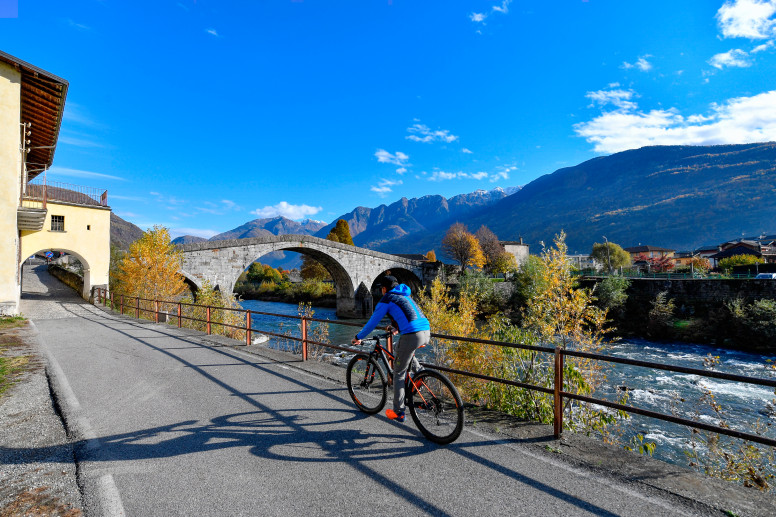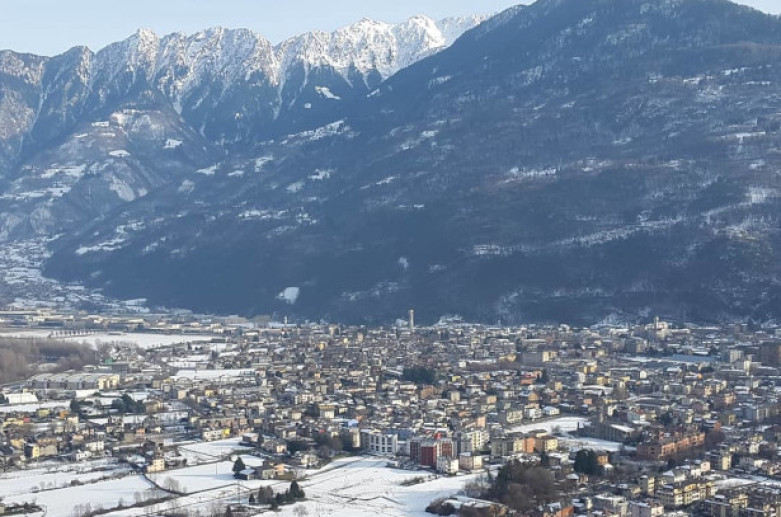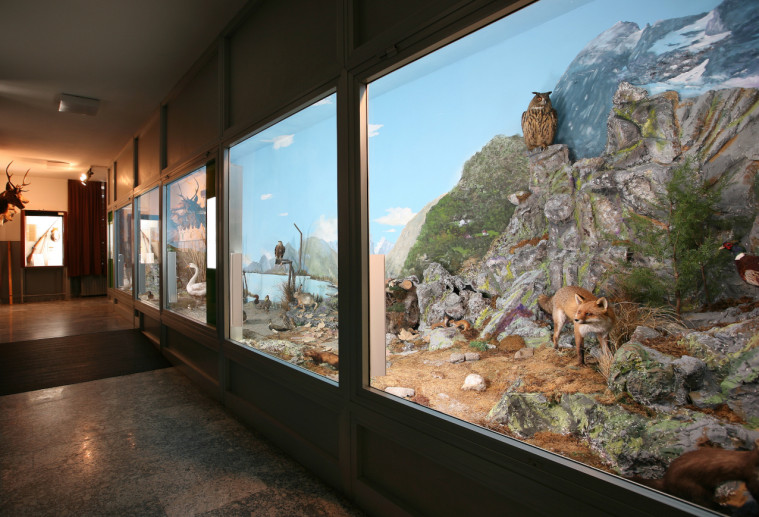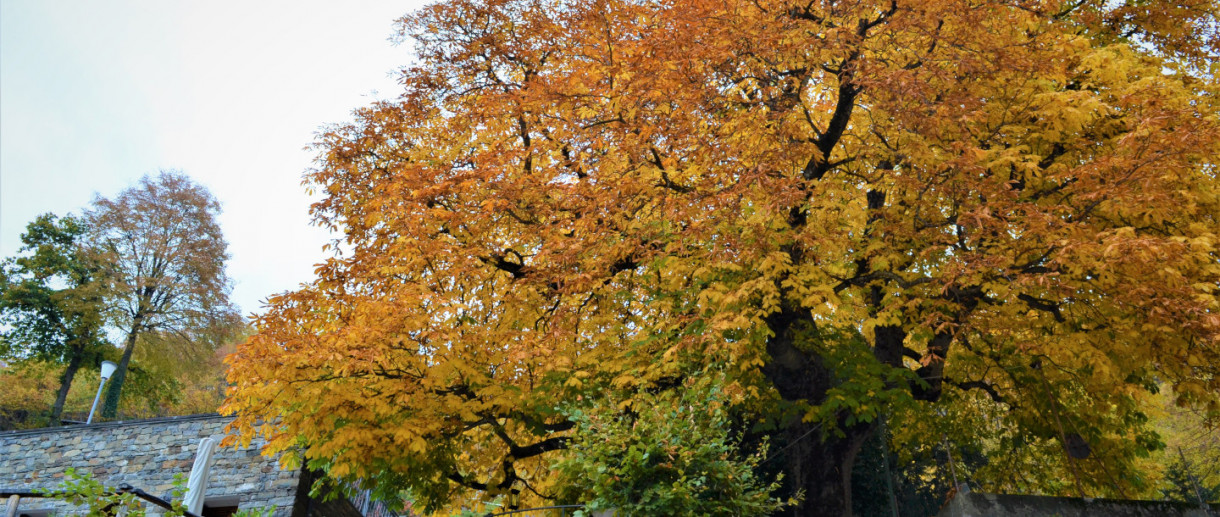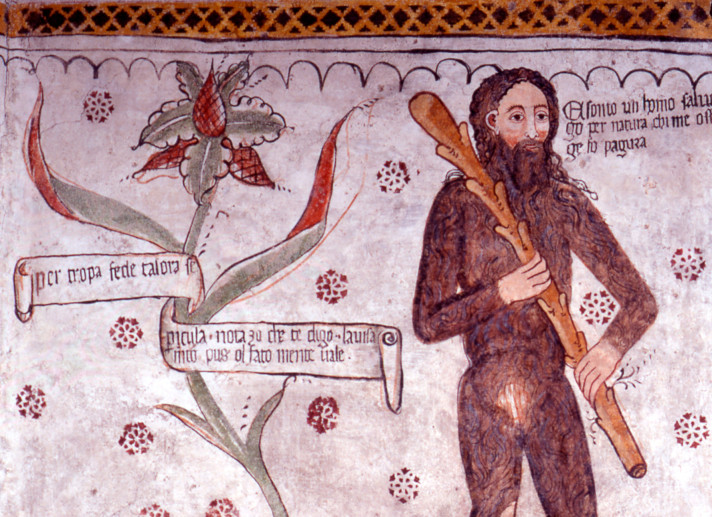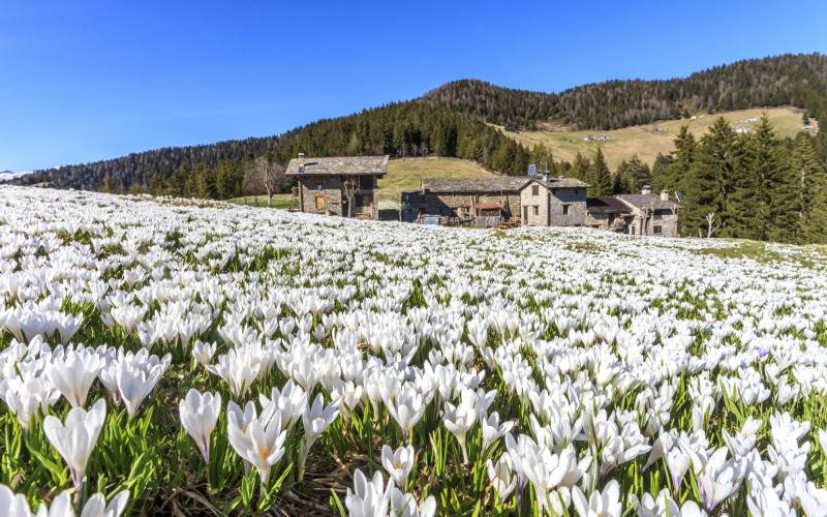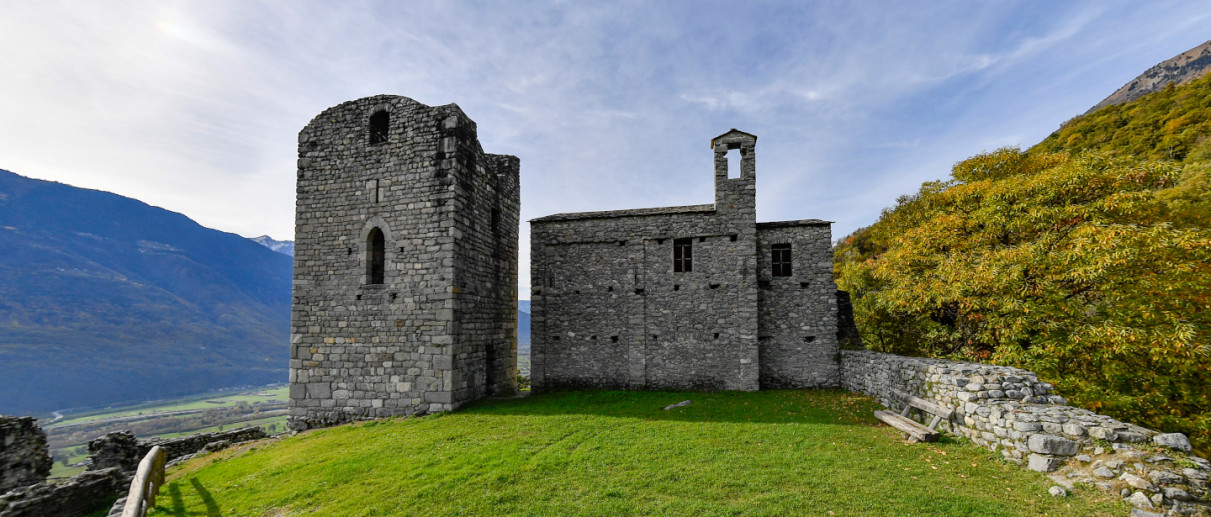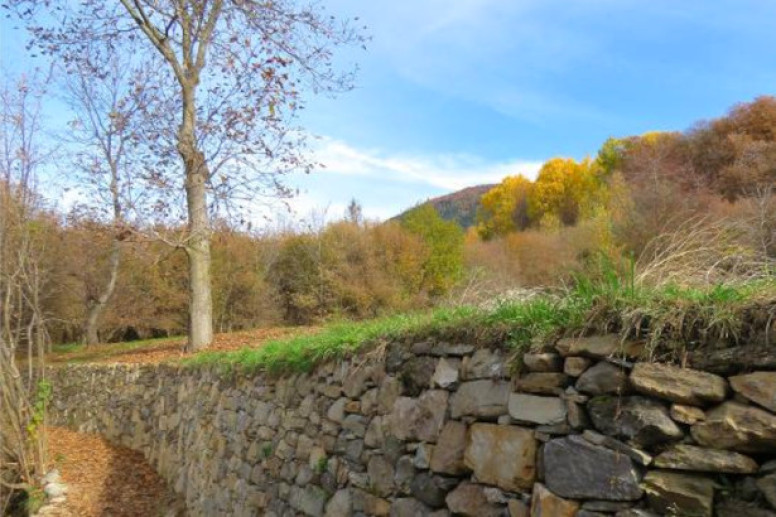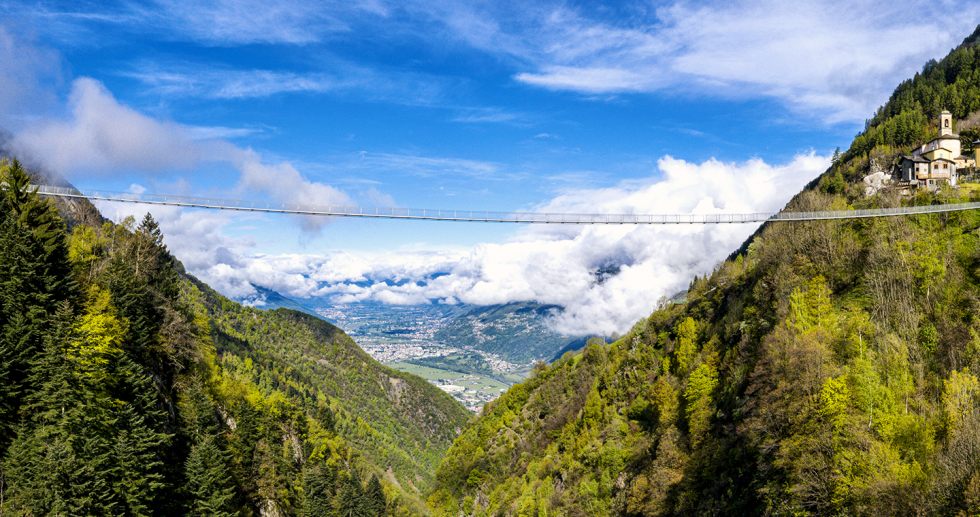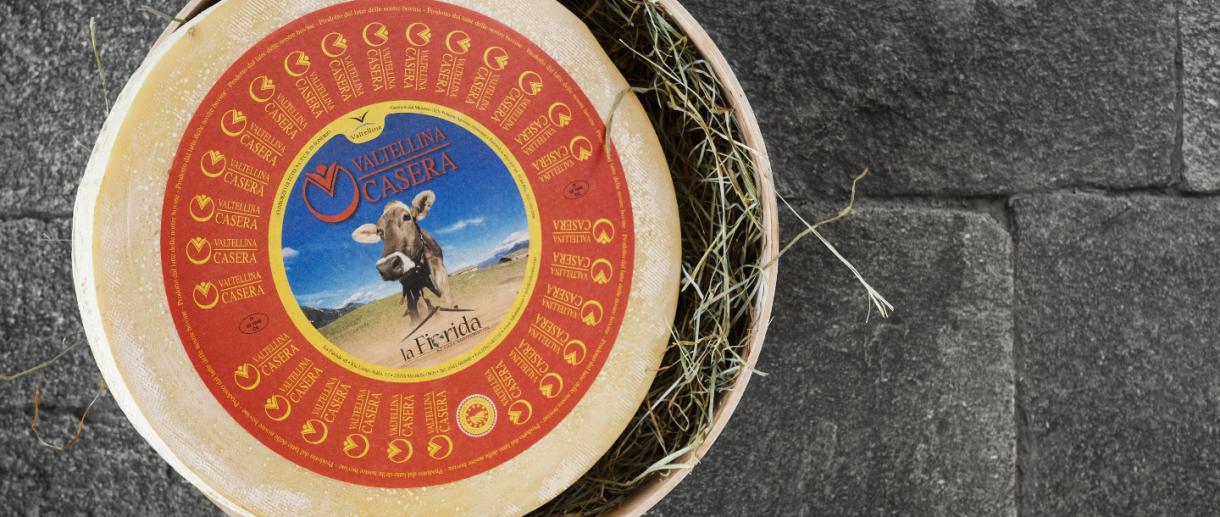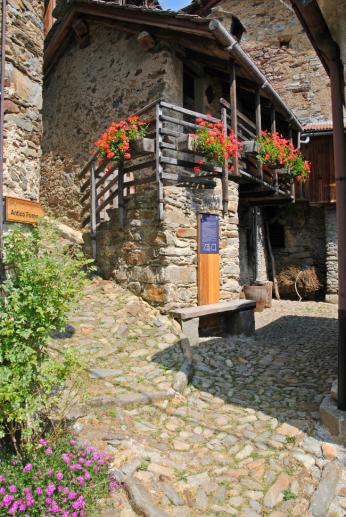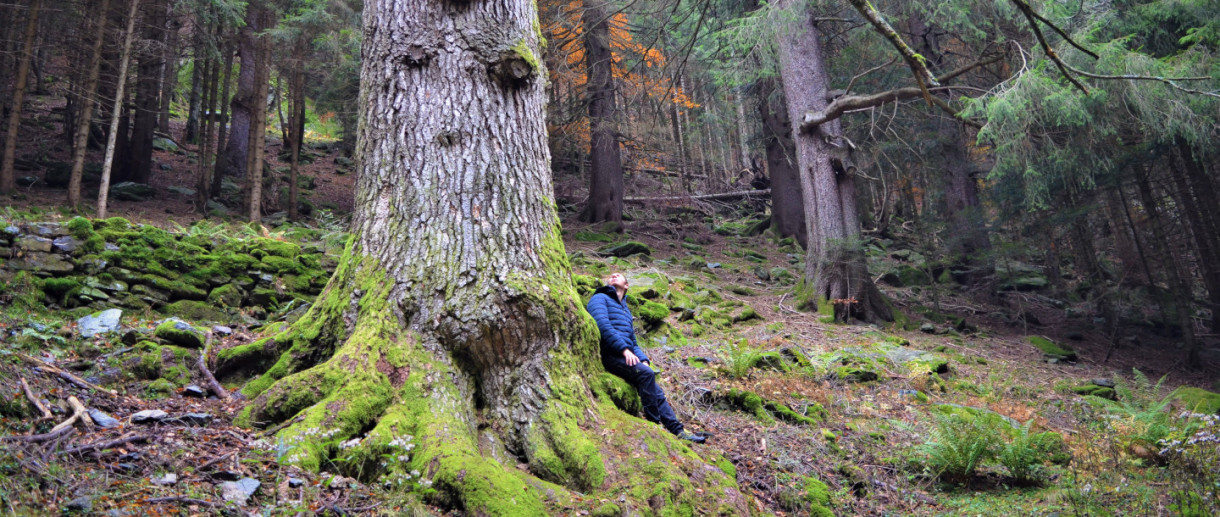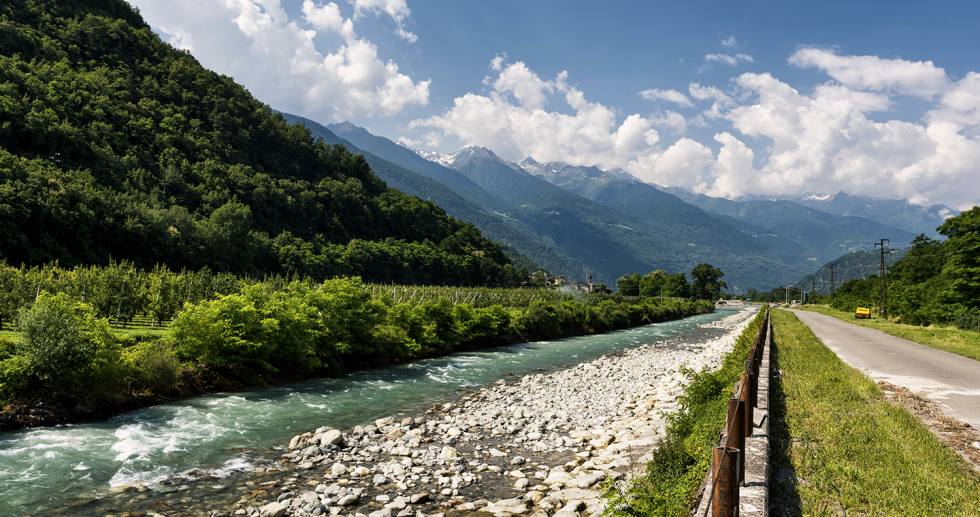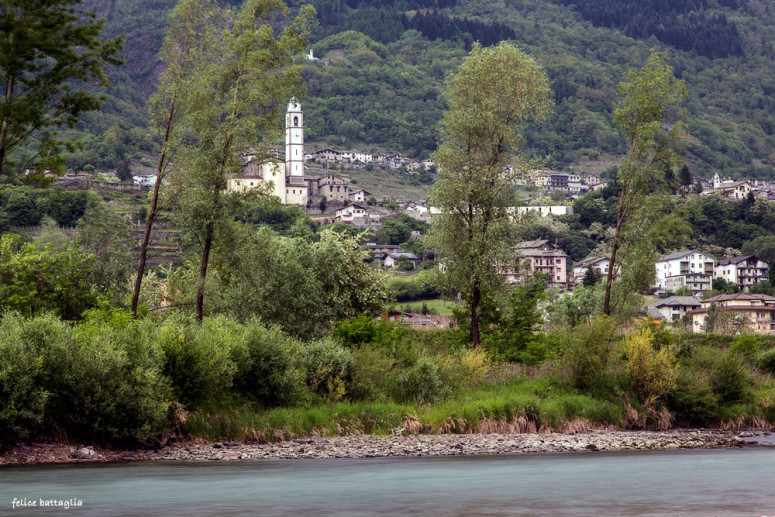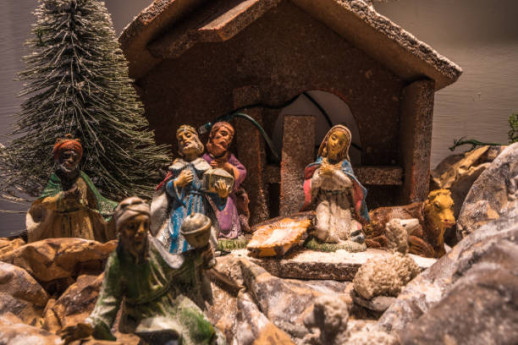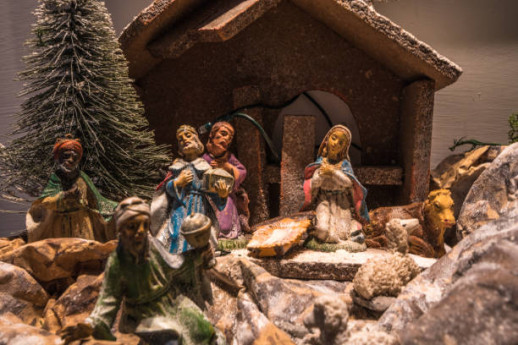- Art & Culture
Collegiate Church of St. John the Baptist
The monumental facade of the Collegiate Church of St. John the Baptist, along with the Ganda Bridge, has been the symbol of Morbegno for more than two centuries.
The church's tall bulk, with its smooth, essential walls, rises like a monolith to dominate the historic center, bordering it to the north. Construction began in 1680 and the first mass was celebrated in 1714, while the facade was completed in 1780.
The scenic architecture of the facade is filled with statues of characters from the Old and New Testaments, along with some symbols of the Catholic faith. The interior, solemn and austere, is characterized by a large ellipse, with the major axis arranged longitudinally, around which four small chapels and four major compartments open.
Above the altar of the second chapel on the left is the church's most valuable canvas: a Virgin Enthroned with Child and St. Philip Neri, by Gianbattista Pittoni (1687-1767), one of the most representative painters of 18th-century Venice. The altarpiece in the fourth chapel on the right is also interesting: by Andrea Lanzani (1641-1712) it depicts The Transit of St. Joseph.
The Church of St. John the Baptist in Morbegno has been called a "Ligari temple" because of the presence of the largest cycle of frescoes and the greatest number of canvases by Pietro Ligari (1686-1752), the greatest artist in Valtellina. In fact, his are the altarpieces of the third and fourth chapels on the left (Descent of the Holy Spirit - Deposition from the Cross) and the frescoes of the apse and apsidal canopy, as well as numerous other canvases. By Pietro Ligari are the designs for the high altar, the reliquary containing the Holy Thorn, numerous banners and the valuable wooden catafalque.
